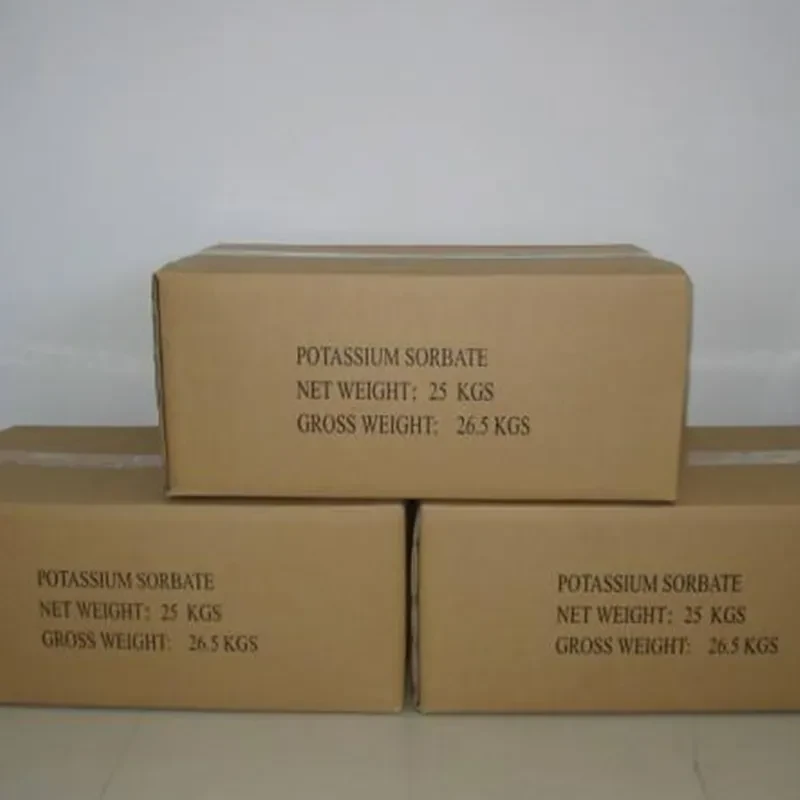
styrene butadiene rubber
Styrene-Butadiene Rubber An Overview
Styrene-butadiene rubber (SBR) is a synthetic rubber that is produced from the copolymerization of styrene and butadiene. Its versatility and adaptability have made it one of the most widely used types of synthetic rubber in various industrial applications. First developed in the 1930s, SBR has undergone numerous advancements and refinements, leading to its prominent role in the rubber industry today.
One of the standout features of SBR is its excellent abrasion resistance, which makes it ideal for use in tires and other automotive applications. Tires made with SBR exhibit high tensile strength and elasticity, providing durability and performance under various driving conditions. The rubber’s resistance to wear and tear allows it to maintain its integrity over extended periods, making it a preferred choice for tire manufacturers.
Styrene-Butadiene Rubber An Overview
The production of SBR involves a careful balance between the two monomers – styrene and butadiene. The ratio of these monomers can be adjusted to tailor the properties of the resulting rubber for specific applications. This flexibility in formulation allows manufacturers to develop SBR grades with varying hardness, elasticity, and resistance to chemical agents. Consequently, SBR can be modified to meet the unique requirements of different end-users, enhancing its market attractiveness.
styrene butadiene rubber

Another significant advantage of SBR is its affordability. Compared to natural rubber, SBR can be produced at a lower cost, making it an economically viable option for various applications. The availability of raw materials and ongoing advances in polymerization techniques have further contributed to the cost-effectiveness of SBR production. This affordability, combined with its desirable properties, has solidified SBR’s position as a leading synthetic rubber choice.
Environmental considerations are becoming increasingly important in today’s manufacturing processes, and the rubber industry is no exception. The development of more sustainable polymers and recycling initiatives is gaining traction. Researchers are exploring bio-based alternatives to traditional SBR, aiming to reduce the environmental impact of rubber production. Additionally, advancements in recycling technologies allow for the reclamation of used SBR, which can be repurposed in various applications, thereby promoting a circular economy.
Despite its numerous advantages, SBR is not without its challenges. The rubber’s susceptibility to ozone degradation and thermal aging can limit its long-term performance, particularly in outdoor applications. Manufacturers are addressing these issues through the incorporation of additives and blending techniques, which enhance the rubber’s resistance to environmental factors and extend its lifespan.
In conclusion, styrene-butadiene rubber is a vital material in the synthetic rubber market, boasting a unique combination of properties that make it suitable for a wide range of applications. From tires to industrial goods, SBR continues to play a crucial role in modern manufacturing. As the industry evolves, ongoing research and innovation will undoubtedly lead to the development of even more advanced formulations, ensuring that SBR remains a key player in the rubber industry for years to come. With sustainability at the forefront, the future of SBR could also involve more eco-friendly production methods and recycling initiatives, aligning with global trends towards environmental responsibility.
-
Pure Sodium Dichloroisocyanurate Dihydrate | Powerful DisinfectantNewsAug.29,2025
-
Industrial Chemicals: Quality & Purity for Every IndustryNewsAug.28,2025
-
Nitrile Rubber Honoring Strict Production StandardsNewsAug.22,2025
-
Aspartame Ingredients Honoring Food Safety ValuesNewsAug.22,2025
-
Fertilizer for Balanced Plant NutritionNewsAug.22,2025
-
Cyanide Gold Processing with High Purity AdditivesNewsAug.22,2025
-
Formic Acid in Textile Dyeing ApplicationsNewsAug.22,2025
Hebei Tenger Chemical Technology Co., Ltd. focuses on the chemical industry and is committed to the export service of chemical raw materials.
-

view more DiethanolisopropanolamineIn the ever-growing field of chemical solutions, diethanolisopropanolamine (DEIPA) stands out as a versatile and important compound. Due to its unique chemical structure and properties, DEIPA is of interest to various industries including construction, personal care, and agriculture. -

view more TriisopropanolamineTriisopropanolamine (TIPA) alkanol amine substance, is a kind of alcohol amine compound with amino and alcohol hydroxyl, and because of its molecules contains both amino and hydroxyl. -

view more Tetramethyl Thiuram DisulfideTetramethyl thiuram disulfide, also known as TMTD, is a white to light-yellow powder with a distinct sulfur-like odor. It is soluble in organic solvents such as benzene, acetone, and ethyl acetate, making it highly versatile for use in different formulations. TMTD is known for its excellent vulcanization acceleration properties, which makes it a key ingredient in the production of rubber products. Additionally, it acts as an effective fungicide and bactericide, making it valuable in agricultural applications. Its high purity and stability ensure consistent performance, making it a preferred choice for manufacturers across various industries.





